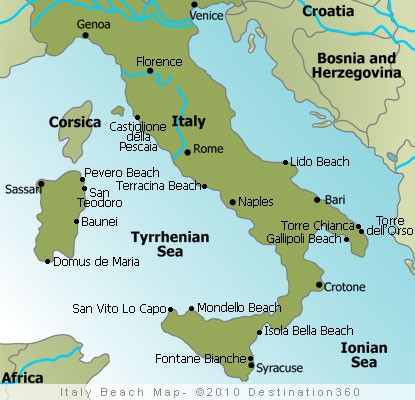
Sardinia: More Than Just a Beach Vacation
Sardinia is best known for its beautiful, pristine beaches, its stunning landscape, and the Italian glitterati who descend in high season. But the island also offers a fascinating history that dates back dozens of millennia.
The earliest settlers are estimated to have arrived as long as 50,000 years ago, and from 1500 to 500 BC Sardinia achieved one of its golden ages. In that era, the island’s inhabitants built thousands of expertly-engineered tower fortresses called Nuraghe. And let me tell you, these structures—made primarily of boulders—were built to last! Even today, there are some 7000 Nuraghes dotting the island. Many have been partially restored, but even among those that were left untouched, the structural bases are still very much intact. It is said that there was a relay communication system (a Bronze-age Twitter, if you will) set up among the Nuraghe so that when interlopers arrived on the island, the news spread quickly from tower to tower, allowing the inhabitants to mobilize quickly and fend off the invaders. The system worked effectively for about 1000 years until the Carthaginians (today’s Tunisians) went on a conquest spree. Around the sixth century BC, they managed to take over Sardinia and, if you ask locals, the island has been occupied by one type of foreigner or another ever since.

Although the beaches are now world famous, and the island’s population currently dwells mostly on the coastline, visitors might be surprised to learn that the original Sardi were very much an inland, agricultural people. In fact, if you seek out authentic Sardinian cuisine, you are more likely to find pork and lamb on the menu than fish. So why did the early Sardinians avoid their own gorgeous seashore? Most likely they were acting in their own defense, since enemies would initially land on the beaches, making them a dangerous place to live. A more esoteric theory for this “fear” of the coastline is that around 1175 BC Sardinia suffered a disaster in the form of a massive flood, or perhaps a tidal wave (for this reason, some scholars believe Sardinia may have been the mythical island of Atlantis, the underwater city that Plato referred to in his writings. According to this theory, the flooding caused the population to flee to the hillsides and stay there, fearing to lose their homes and animals to the water. It’s a theory that’s floated around for centuries and even The Guardian thought it was worth exploring.
But, in the end, the 21st century story of Sardinia is all about its beaches—as illustrated by this true tale of a man who visited la spiaggia rosa (the “pink beach” that is one of Sardinia’s most precious jewels) and never left. To learn more about him—and see some stunning photographs of Sardinia’s seashore—go here.